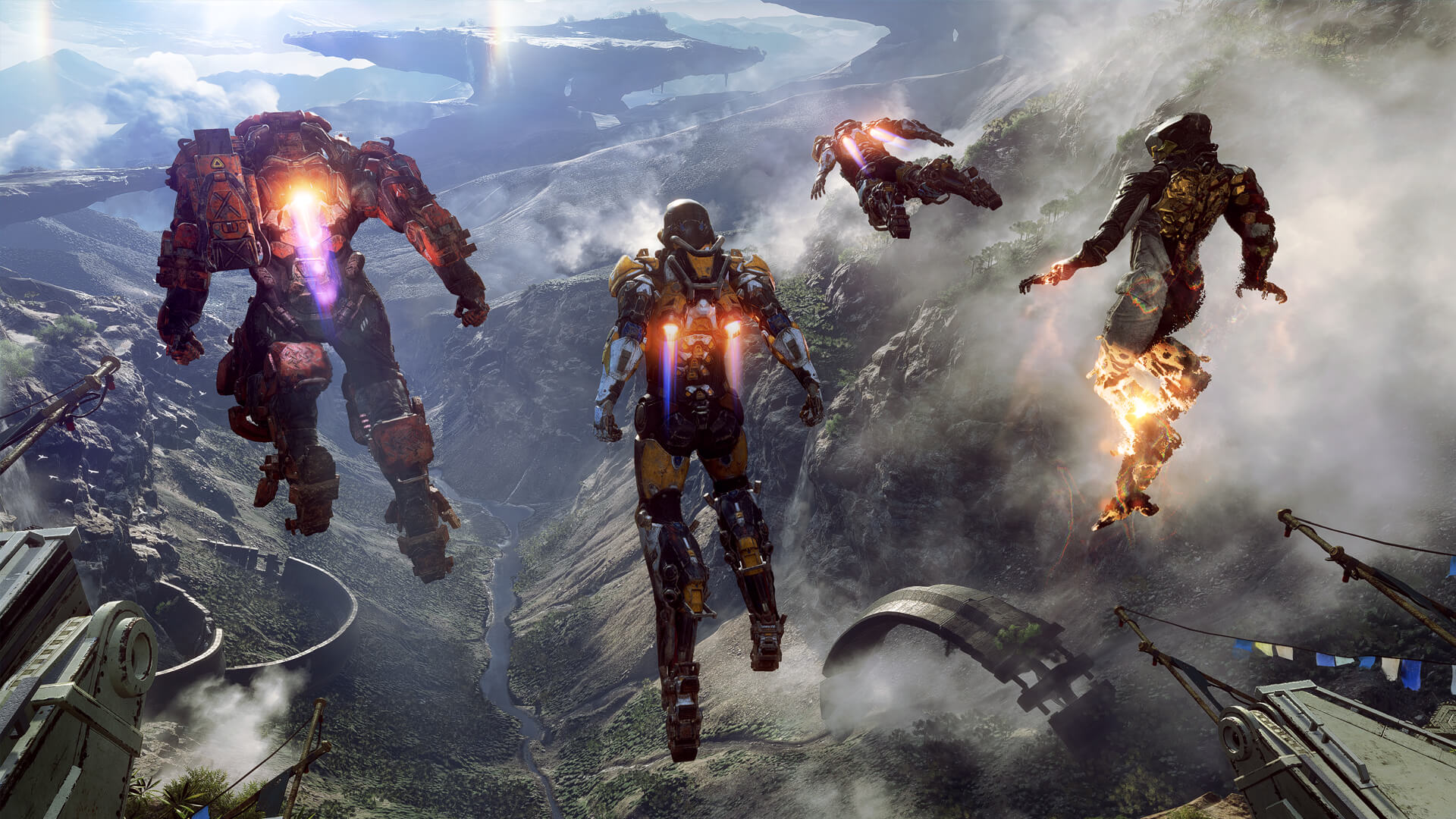Without the original Xbox there'd be no Xbox One X - here's how it all started
Big ideas, big titles and a big controller: in 2000, the DirectX Box was pitched to Bill Gates. The rest is history...
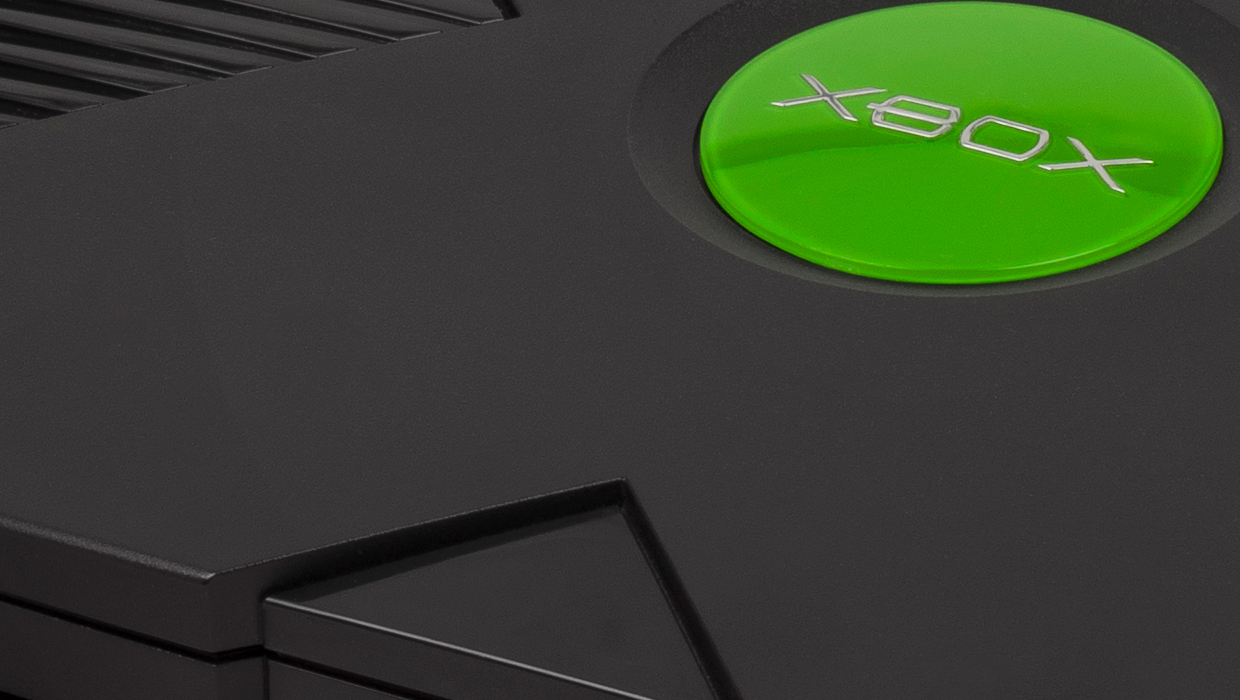
It’s 1999, a man is sat avidly working in his office when several of his colleagues decide to pay him a visit. These colleagues happen to be Seamus Blackley, Ted Hase, Kevin Bachus and Otto Berkes: members of the Microsoft DirectX team.
With these gents came an idea, and the man they had to pitch this idea to was Ed Fries: head of internal game publishing for Microsoft at the time. The idea? Create a games console, make it a PC, hide the operating system and call it the DirectX Box. Boom.
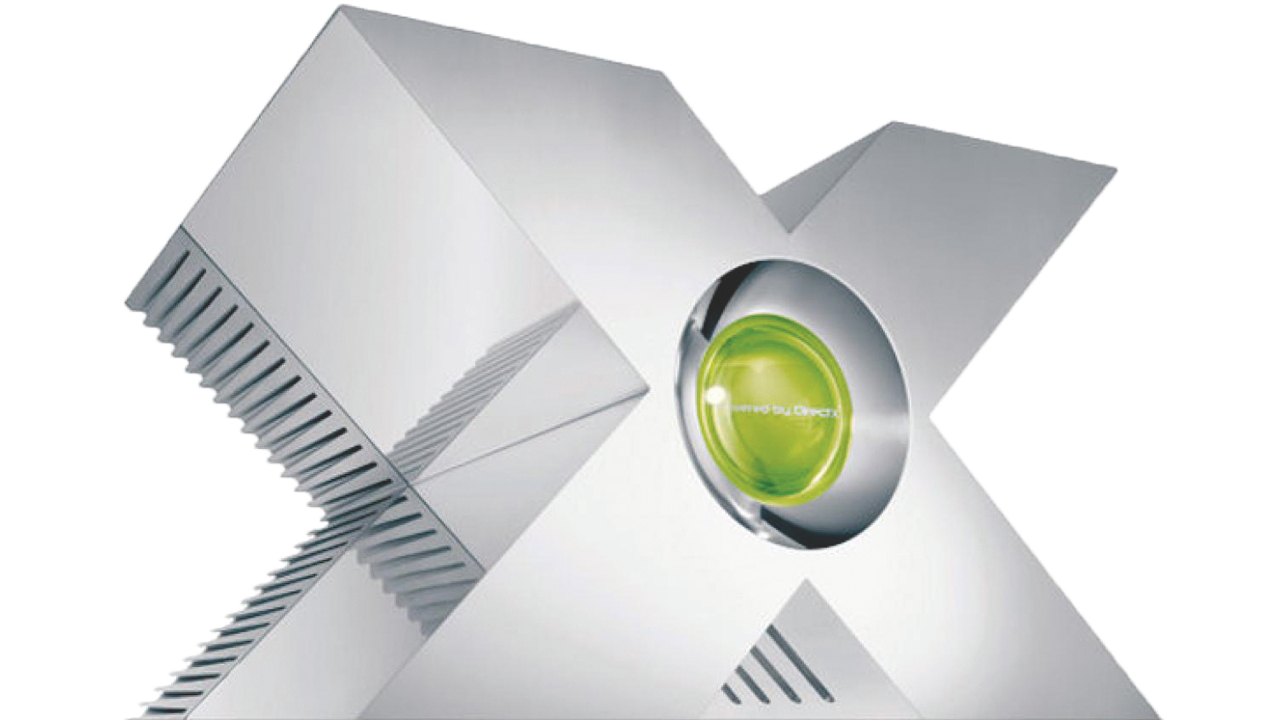
To say this was a bold move would be an understatement. Competitors like Nintendo and Sony had seen success with consoles that ran their own, dedicated operating system and were doing very well. At surface level, the DirectX Box was little more than a PC in a box. A big box at that. Proposal in hand and hearts in mouths, the team pitched to the man himself, Bill Gates.
Despite pitching against another internal team within the company who felt a more tried and tested console design strategy was the way to go, Gates ultimately sided with Fries and co., primarily due to the team’s intention of using Windows for the OS. So, he wasn’t particularly thrilled when, two months after initial approval, the decision was made to remove Windows from the system.
The removal of Windows happened in a strategy meeting on Valentine's day. According to Robbie Bach, the then president of entertainment & devices Division at Microsoft, the gathering was later nicknamed the 'Valentine’s Day Massacre' because, "it was originally scheduled as a one-hour meeting at the end of the day and ended up lasting over three hours, ruining a number of planned romantic evenings."
The Xbox brand was born… against the marketing team's wishes
Fortunately for their health, Gates came to see the benefits. The final design specs meant that the console would not be able to port over PC titles quickly for launch, though it did make it easier for third-party companies to build their game ports around the console’s architecture. Indeed, many of these creative titles are now household names, but we’ll get to that.
First, they needed a name. The team took the simple route for the time being and went with ‘Xbox’, a shortening of its birth alias. The Microsoft marketing department had their own ideas about what the console should be called; a whole bunch in fact, as they wrote a considerable list of alternatives and sent them out to focus groups, including ‘Xbox’ as an example of exactly what you shouldn’t call a console. Well, as you might have guessed, the name resonated more than any other, leaving members of the marketing team with egg on their face and little choice but to go ahead with it. Fools! It’ll never catch on...
Sign up to the GamesRadar+ Newsletter
Weekly digests, tales from the communities you love, and more
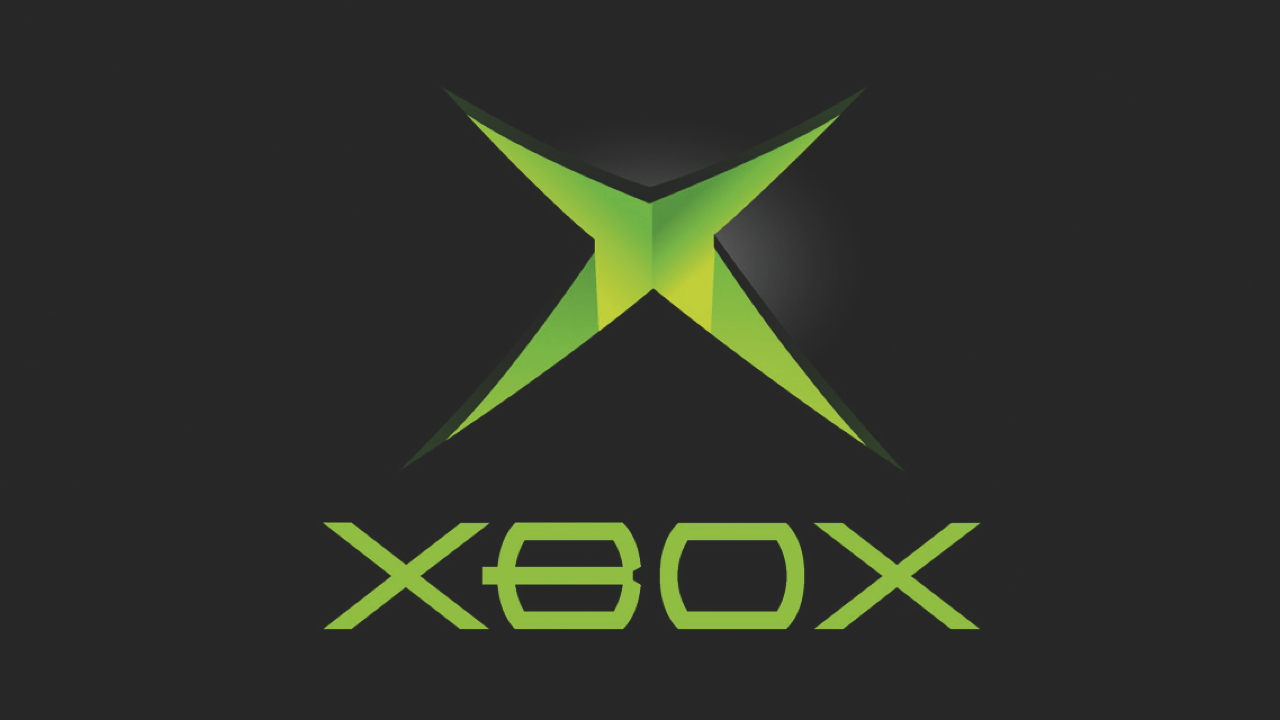
Concept locked; chin-scratching complete. Time to get to work. The team partnered with Nvidia to fill the console with specs that had jaws hitting floors in the year 2000. Here come the numbers – a 32-bit, 733 Intel Pentium III core processor. 64MB of RAM, doubling anything else currently on the market and even a built-in 8GB hard drive for game storage and saves; the first of its kind on console. The console even had the ability to output at 1080i if need be, though many titles were unable to take advantage of this futuristic tech.
"The Xbox console was quite impressive in its size to spec ratio, but the same could not be said for its launch controller"
At this point the Xbox was a magnificent beast to say the least, but like any great system, you need a great controller, and that was an entirely different beast altogether. For the time, the Xbox was quite impressive in its size/spec ratio, though the same could not be said for its launch controller, the Duke. It sported a generic design, with shoulder triggers and a diamond face button layout, but it was just... so damn big.
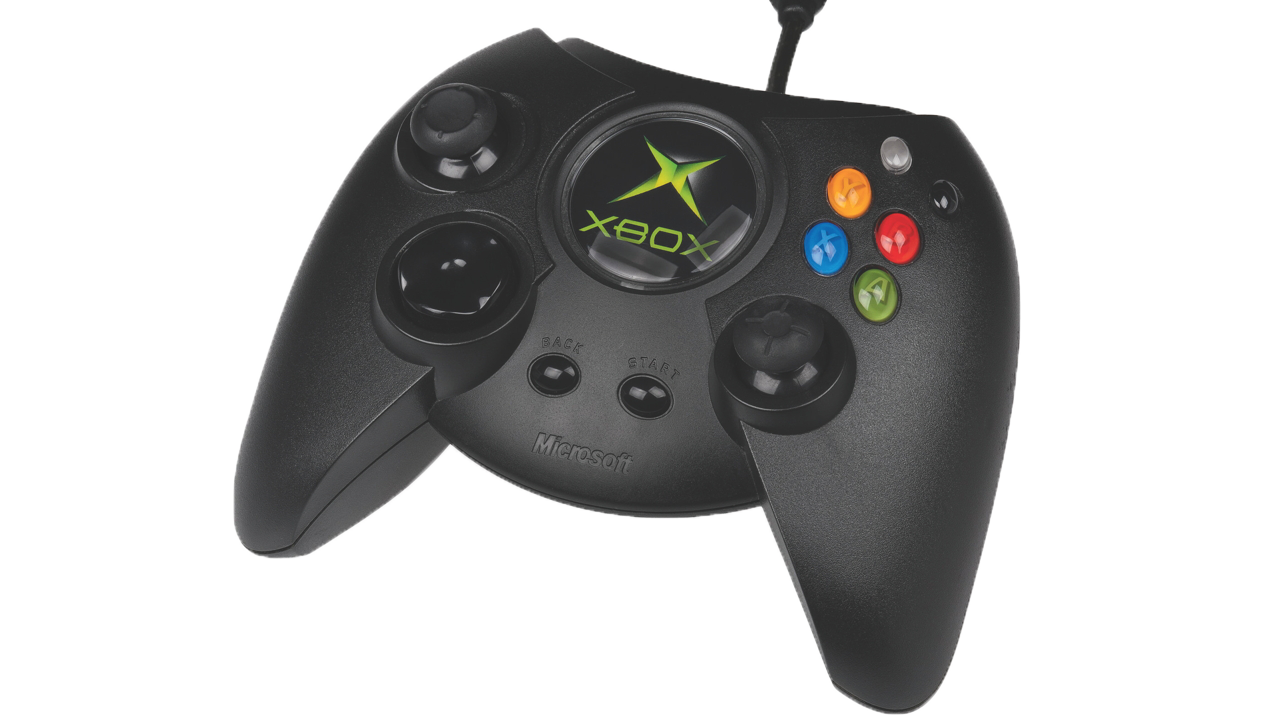
Responding to questions on Twitter, Blackley reminisced about the Duke, stating that “the Dreamcast was our favourite console at the time, and it had a big controller that docked a tomagachi. So that made it seem less insane!” Fair point.
The Duke struggled, particularly in Japan where the bulk of gamers had smaller hands than their Western counterparts. Although, apart from size, there really wasn’t anything wrong with the Duke at heart. So, from compromise, the smaller ‘S’ controller was born, which received greater acceptance from the global audience.
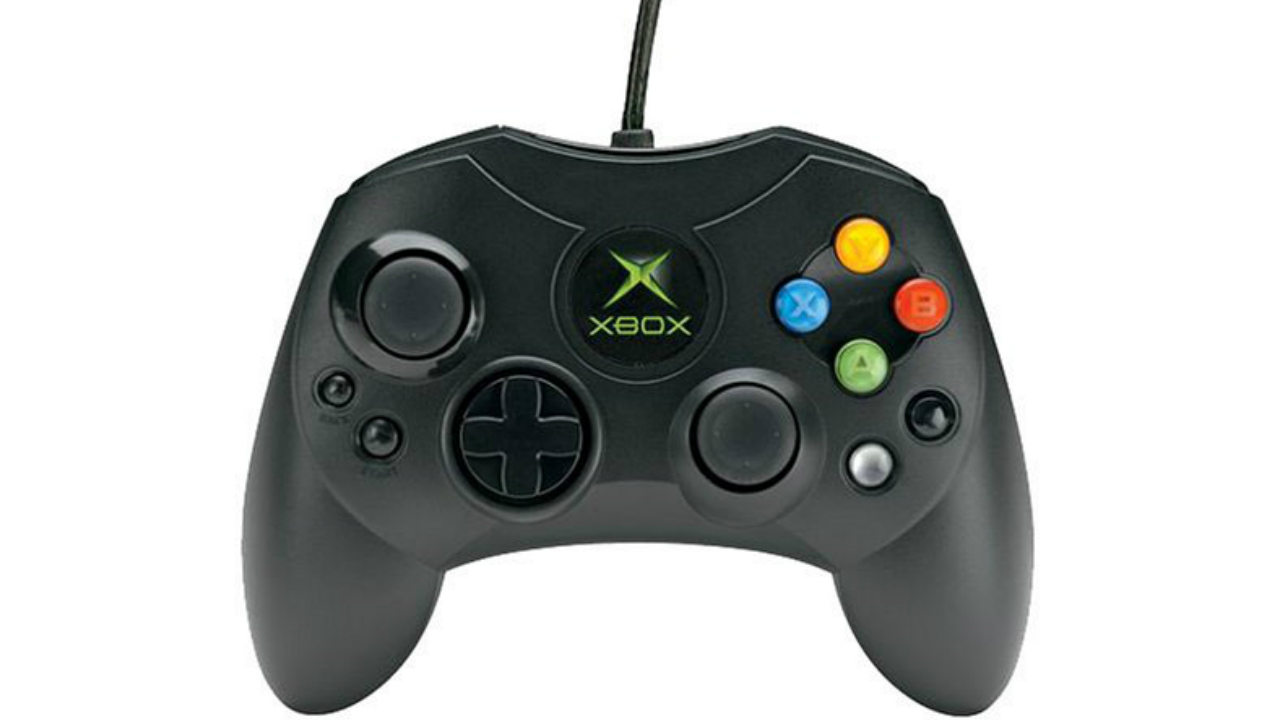
Despite the problems, there were plenty who loved the Duke in all its chubby glory. So it's fitting that gamers can now look forward to an all new Xbox One X Duke controller being created by Blackley again. Funny how things work out.
#NewDuke has gone to tooling and is approved by @Xbox THIS IS HAPPENING! pic.twitter.com/zSVA4TFh08September 20, 2017
The team behind Marathon say Halo, and enter a sprint
Gates announced the console at the Game Developers Conference in 2000 to a warm reception as he outlined plans for the Xbox to become the worldwide “platform of choice”. The only thing left to announce were the games, with most of this information coming at E3 2001.
Alongside an assortment of classics such as Project Gotham Racing and Dead Or Alive 3 came the news that Microsoft had just acquired a relatively low-profile studio developer called Bungie, whose 1994 Apple Mac shooter Marathon pioneered the concept of 'rocket jumping. With them came a little-known IP called Halo.
By this point, launch was rapidly approaching. This wasn’t a project that was afforded the luxury of time; in fact, the whole process from conception through to completion was within a rough two-year window. Not easy when the project has no prior tried-and-tested methods to reference.
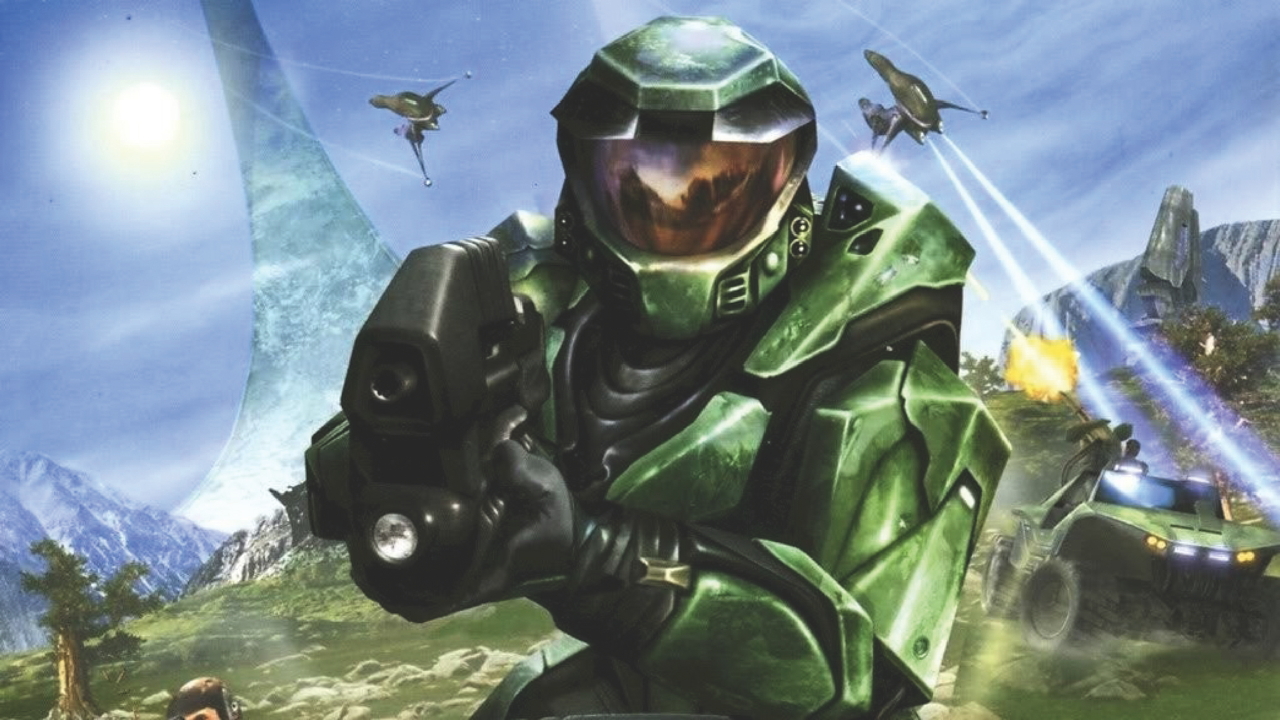
Timeframe aside, for Microsoft to commit to a seemingly random third-party developer like Bungie with such financial assurance certainly set tongues wagging. We’re talking millions of dollars here, so someone certainly had a lot of faith. Faith that looked heavily misplaced, with Bungie initially receiving a lot of negative feedback from the media, and a bunch of technical issues skewing confidence internally. The Bungie team were working tirelessly to transform Halo from a third-person PC game into an Xbox exclusive FPS, the likes of which the gaming world had never seen.
As launch approached and the world began to see more of the concept art, trailers and gameplay, confidence grew. The Xbox team ultimately opted to push newly titled Halo: Combat Evolved as the console’s flagship launch IP, creating one of the most impressive moments of gaming foresight in history. Upon release, Halo was everything - it’s as key in the launch of Xbox as the console itself. The two share not only a birthdate, but a level of awe and wonder they brought to those lucky enough to experience them.
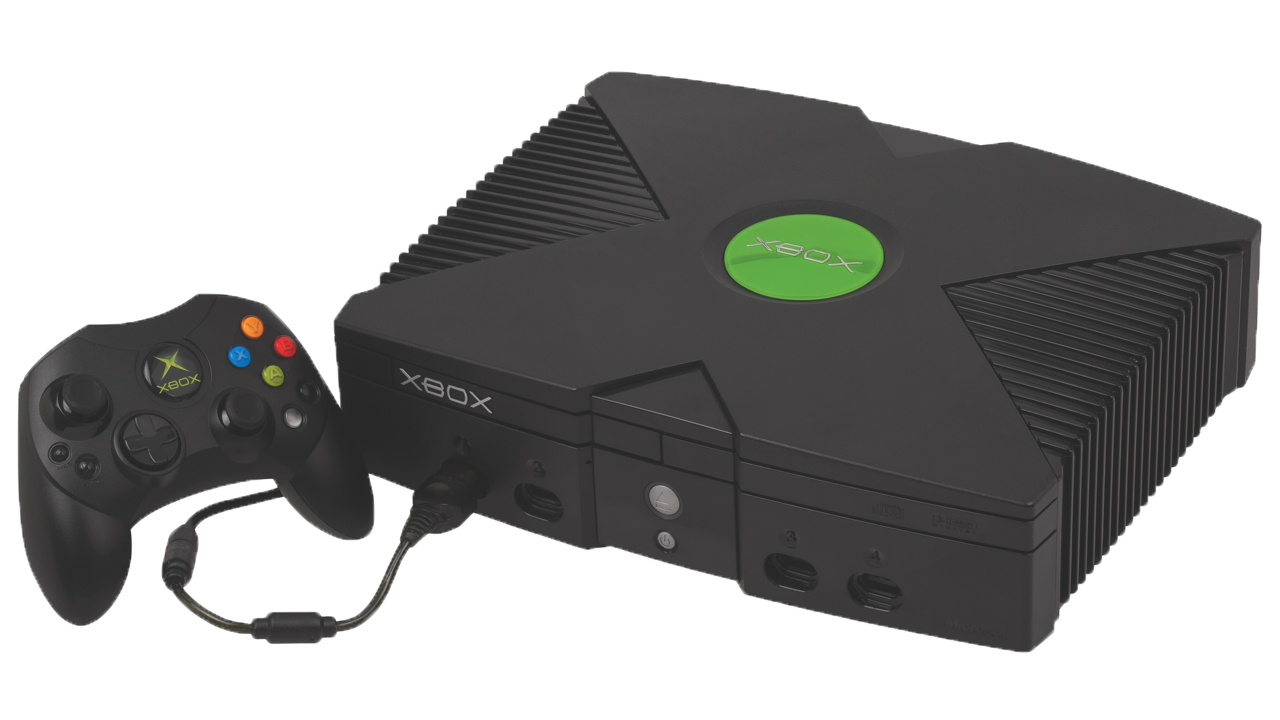
The world received its first glimpse of the console at CES 2001 in Las Vegas, with Gates welcoming Dwayne ‘The Rock’ Johnson on stage because, well, he’s The Rock. The previously mentioned E3 announcement had fans foaming at the mouth and initial concerns about the console’s size and design fell by the wayside.
On November 15th 2001, Gates personally sold the first ever Xbox console in a Toys ‘R’ Us in Times Square, beginning a mass surge of sales, with more than 1 million consoles selling in the first month. Halo matched these figures after only a few months in circulation.
From here on out, the memories will likely take over for many. You had this machine in front of you running these games with incredible visuals and scope. Plant Halo in your disk tray and you were suddenly in this huge, 3D-mapped world flinging Warthogs off the highest cliff face you could find and planting the butt of your assault rifle into an Elite who just emerged from a hangar filled with a hive of other AI characters.
You can see the mark of these early Xbox titles upon many of the games that followed in the years to come. The influence of those early games has helped shape the console space over the past 16 years.
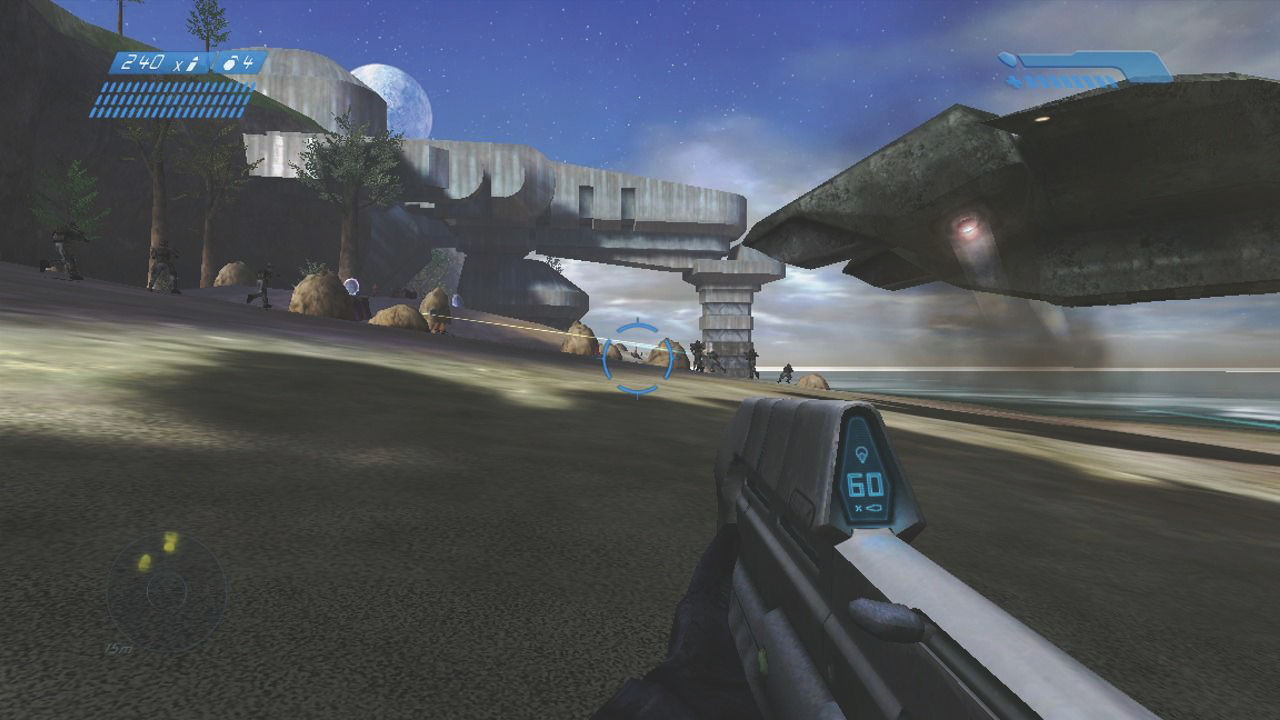
Post-launch, the Xbox carved its own place into gaming history with relative ease. In 2002, the acquisition of development heavyweights RARE began the start of a budding partnership that’s still going strong to this day, what with swashbuckling MMO Sea Of Thieves on the horizon later this year.
Shortly following the announcement, the online service teased at launch was finally revealed and made available for testing: Xbox Live. Gamers could now play and communicate with others for the first time in the comfort of their own living room, creating something truly special: an interactive global gaming community. By just 2004, there were more than 100 online-enabled titles and 1 million global users on Xbox.
The games and systems under the Xbox umbrella have grown to a mind-bending level of sophistication and it all came from a few guys back in the late ‘90s. It's the start of a story that's brought us to the imminent arrival of the Xbox One X and the next chapter...
This article originally appeared in Xbox: The Official Magazine. For more great Xbox coverage, you can subscribe here.
